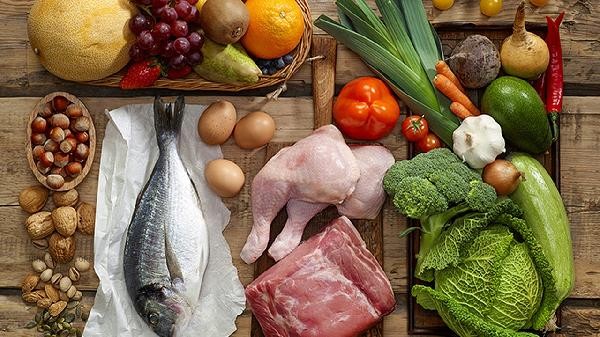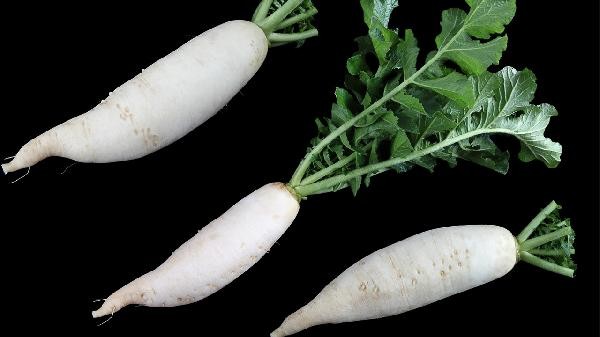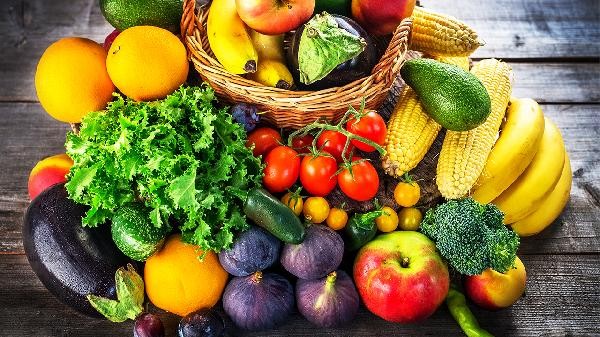The best methods for vegetable storage mainly include refrigeration preservation, classified storage, water control treatment, dark storage, sealed packaging, etc.

1. refrigerated preservation
Most green leafy vegetables are suitable for storage in the refrigerator compartment at 0-4 degrees Celsius. Low temperature can effectively inhibit microbial activity and delay vegetable respiration. Perishable vegetables such as broccoli and spinach are recommended to be wrapped in plastic wrap and placed upright in the drawer of the refrigerator to avoid mixing with fruits that release ethylene, such as apples. Root vegetables such as carrots can be dried of surface moisture and placed in breathable fresh-keeping bags for refrigeration.
2. Classified storage
Different types of vegetables should be stored in different zones. Eggplant vegetables such as tomatoes and eggplants are suitable for storage in a cool and ventilated place at 10-12 degrees Celsius. Refrigeration can cause cell damage. Mushrooms should be kept dry and stored separately to avoid cross contamination. Scallions, ginger, garlic and other spicy vegetables can be chopped and frozen for storage. Potatoes, onions and other storage resistant vegetables should be placed in a cool and dark place, isolated from apples to prevent germination.
3. Water Control Treatment
Vegetables need to be properly dried before storage. After cleaning, the leafy vegetables should be drained of surface moisture or dried with kitchen paper before storage. Vegetables with wax on their surface, such as cucumbers and green peppers, can be wiped with a dry cloth and stored. After blanching beans, broccoli, etc., cool them immediately, let them dry thoroughly, and then refrigerate. Improper moisture control can easily lead to decay and deterioration.

4. Avoid light storage
Light can accelerate the decomposition of chlorophyll and vitamins in vegetables. Potatoes can produce toxic solanine when exposed to light and should be stored in black plastic bags. Garlic sprouts, chives, etc. are prone to fibrosis when exposed to light and should be sealed in opaque containers. Some vegetables such as sweet potatoes can be wrapped in newspaper to block light. Transparent fresh-keeping boxes should be placed in dark places such as cabinets.
5. Sealed packaging
Vacuum sealing can significantly extend the shelf life of vegetables. Green leafy vegetables can be placed in sealed bags to remove air and refrigerated. Cut radish, celery, etc. into pieces and vacuum freeze them for storage. Pay attention to leaving appropriate ventilation holes when using the freshness box. Silicone fresh-keeping cover can adjust the humidity inside the container. Ensure that the surface of the vegetables is dry before sealing, and regularly inspect and replace the packaging.

When storing vegetables on a daily basis, it is recommended to choose appropriate methods based on the type and regularly check them. Leaf vegetables are recommended to be consumed within 3 days, while root vegetables can be stored for 1-2 weeks. Frozen vegetables should be divided into small portions to avoid repeated thawing. If mold or decay is found, it should be discarded immediately, and adjacent vegetables should also be inspected and treated. Reasonable combination of different storage methods can maximize the preservation of vegetable nutritional value and fresh taste. Choose local vegetables of the current season when purchasing, and purchase small quantities multiple times for fresher results.








Comments (0)
Leave a Comment
No comments yet
Be the first to share your thoughts!